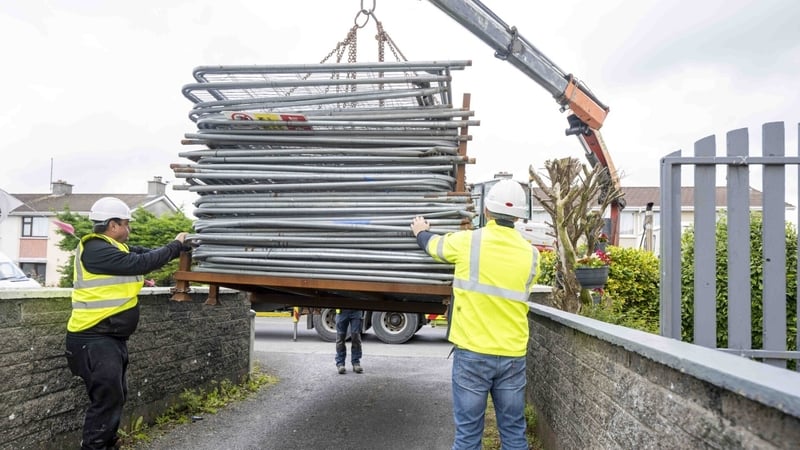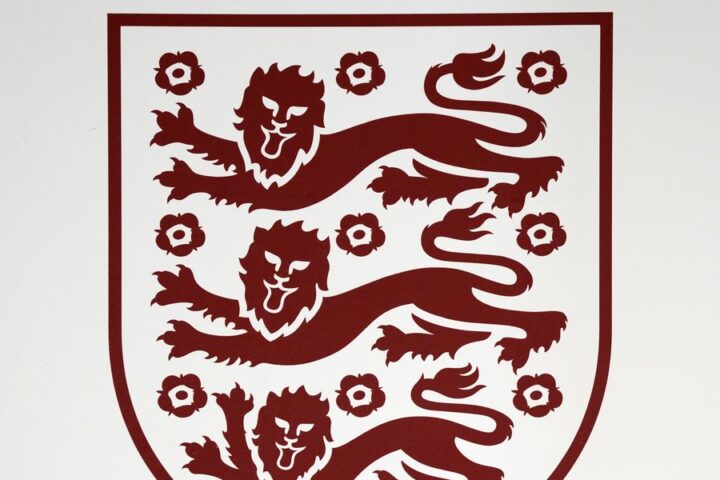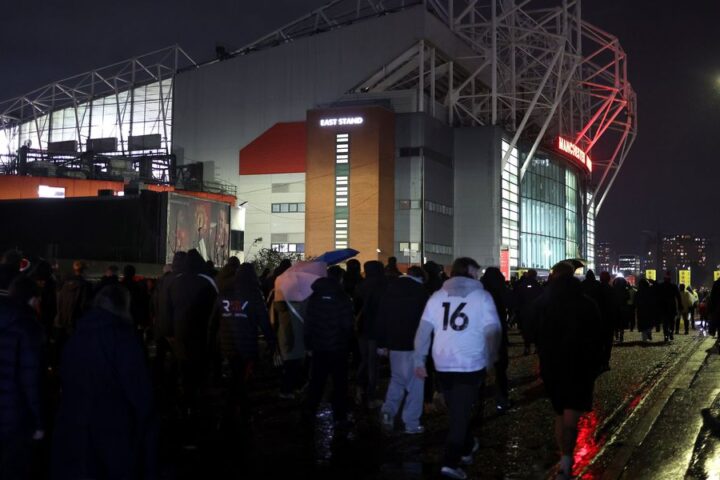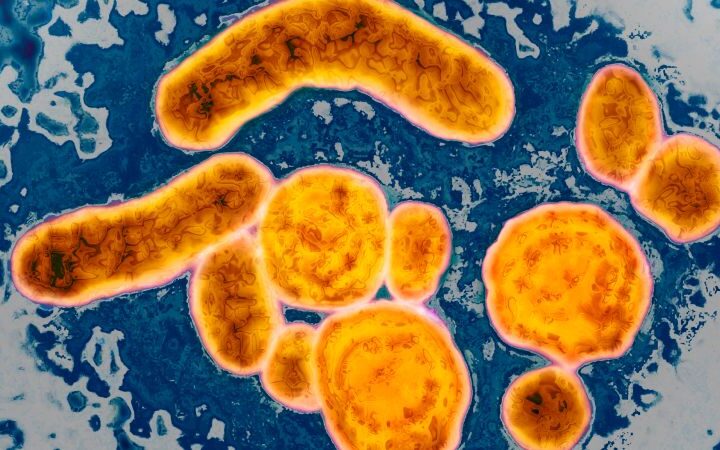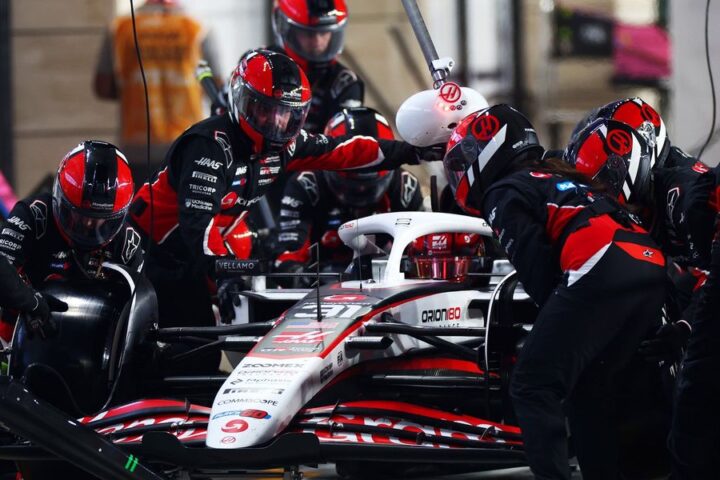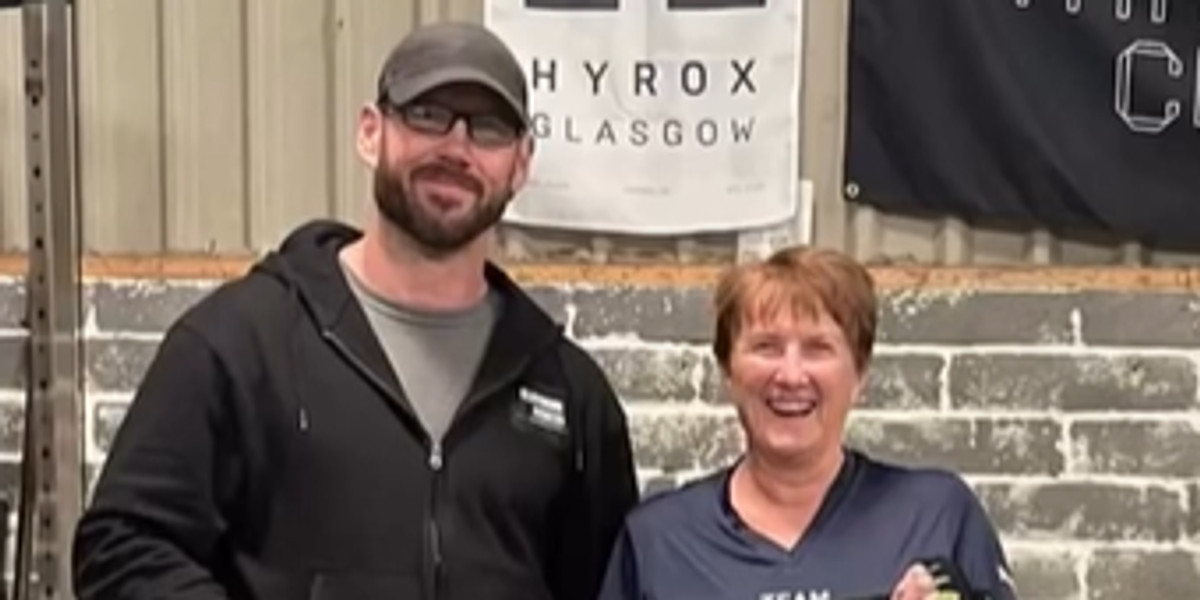Work is under way to seal off part of the site of the former mother-and-baby home in Tuam, Co Galway.
It comes ahead of the start of an excavation of the site, which is expected to begin in mid July.
The development comes 11 years after concerns were first raised about the burial of almost 800 babies and infants who died at the home, over a 36-year period.
Since early this morning, access to a memorial garden and adjacent playground in the centre of the Dublin Road estate in Tuam has been restricted.

Over the next four weeks, the 5,000sq.m area will be placed under forensic control, to allow for the start of a painstaking excavation and exhumation process.
Overseen by the Office of the Director of Authorised Intervention in Tuam, it will involve a detailed search of the lands, in an effort to locate and identify the remains of 796 children, for whom there are no burial records.
They died at the home between 1925 and 1961.
For those whose relatives lived and died in the institution, this is a day laden with significance.

On a visit to the site this afternoon, 80-year-old Peter Mulryan spoke of his hope that some conclusion would be brought to his search for information about a sister of his, who was among those who died there.
Mr Mulryan said her whereabouts were the first thing he thought about every day of his life.
He is among hundreds of survivors and descendants of those with links to the Tuam home, who are hoping today marks the beginning of the end, of a long search for answers.

In 2017, the Commission of Investigation into Mother and Baby Homes determined that “significant quantities of human remains” were buried in and around a former sewage facility at the home, after research by local historian Catherine Corless first brought the issue to global attention in 2014.
It revealed there were no burial records for 796 babies and young children who died there during the 36 years it operated.
